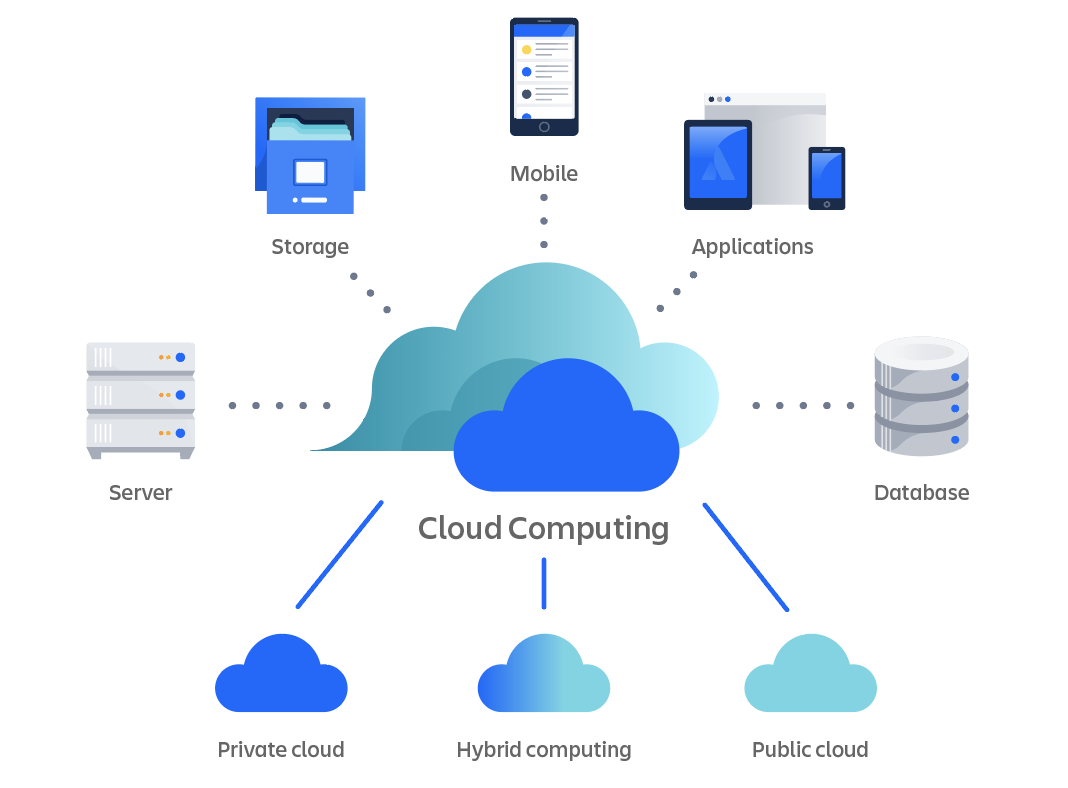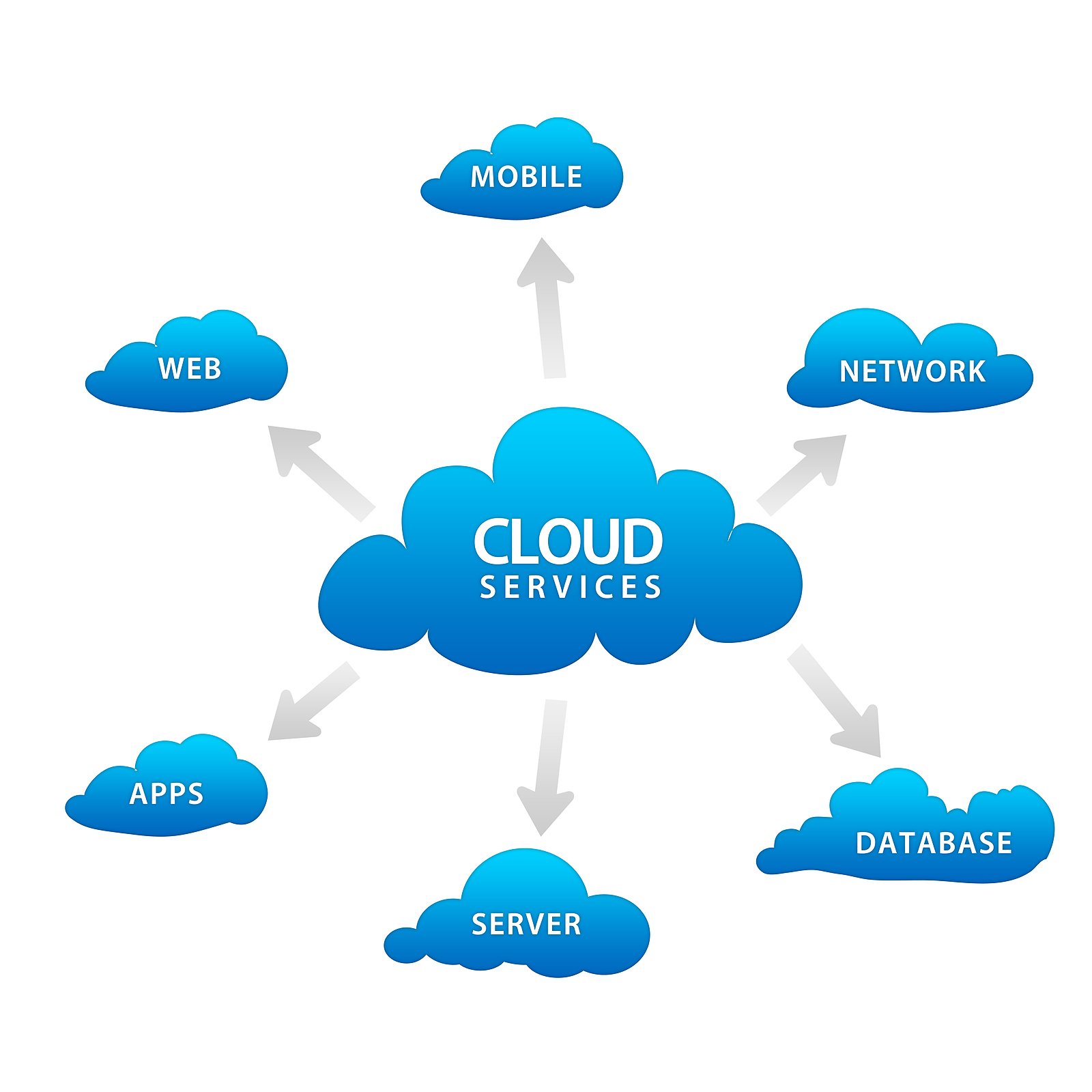Simplify Your Framework With Cloud Solutions
As services browse the ever-evolving landscape of modern technology and information monitoring, the duty of cloud solutions in streamlining framework has actually become progressively noticeable. The allure of structured procedures, boosted performance, and boosted resource allocation via cloud services is undeniable. However, the trip in the direction of an extra agile and cost-efficient IT framework involves greater than just migrating to the cloud. It needs a calculated approach and a deep understanding of the nuances of cloud adoption. So, how can organizations efficiently browse this shift and truly open the potential of cloud solutions for simplifying their facilities?
Benefits of Cloud Provider
Cloud services offer a structured strategy to handling IT facilities, offering organizations with cost-efficiency, scalability, and flexibility. One of the key advantages of cloud solutions is the scalability they offer.
Furthermore, cloud services remove the requirement for businesses to buy expensive hardware and software. This cost-efficiency is a substantial benefit, particularly for small to medium-sized ventures seeking to reduce upfront costs. By utilizing cloud services, businesses can access premium IT sources without the substantial rate tag related to conventional framework arrangements.
Furthermore, cloud services offer businesses with the versatility to access their data and applications from anywhere with a web link. This degree of accessibility enhances partnership amongst groups, makes it possible for remote work, and raises overall performance. The versatility provided by cloud services empowers services to adapt quickly to transforming market conditions and consumer needs.
Expense Cost Savings and Scalability
In enhancement to the functional advantages highlighted earlier, the assimilation of cloud solutions into a business's facilities generates substantial price savings and improved scalability. Cloud solutions provide a pay-as-you-go version, allowing companies to range resources up or down based upon present demands, consequently staying clear of the expenses connected with maintaining excess capability. This adaptability allows business to adjust promptly to changing needs without sustaining unnecessary costs.
Furthermore, cloud services eliminate the demand for upfront financial investments in hardware and software application, minimizing capital investment. General expenses are additionally decreased as companies no longer need to take care of and preserve physical servers, resulting in lower power usage and IT staffing prices. Additionally, cloud solutions provide automated updates and upkeep, making sure that the facilities remains protected and updated without requiring manual treatments.
Enhanced Safety And Security Procedures
Implementing stringent safety actions is extremely important when incorporating cloud solutions into a company's infrastructure to protect sensitive information and guarantee conformity with sector guidelines. Cloud service companies supply enhanced security features such as information security, firewall program security, and multi-factor verification to minimize cybersecurity risks.
Furthermore, regular security audits and conformity evaluations assist recognize vulnerabilities and guarantee adherence to click to find out more industry criteria. Companies can additionally gain from features like computerized protection updates and real-time risk surveillance provided by cloud company. By prioritizing safety and security measures and staying aggressive in resolving potential dangers, companies can with confidence take advantage of cloud solutions while protecting their beneficial data from unauthorized accessibility or breaches.
Transitioning to Cloud Facilities
To successfully integrate cloud solutions into a firm's infrastructure, a structured method that addresses the change in the direction of cloud-based solutions is crucial. Transitioning to cloud framework includes careful planning and execution to ensure a smooth movement process. The initial step is to analyze the current facilities and determine which systems and applications appropriate for migration to the cloud. This analysis should consider variables such as data sensitivity, conformity needs, and efficiency requirements.
Once the evaluation is full, a movement approach need to be created. This method needs to lay out the timeline, sources, and duties for relocating each element to the cloud. It is vital to connect this strategy plainly to all stakeholders to ensure alignment and lessen disturbances during the transition.
Throughout the migration process, testing and monitoring are vital to determine and attend to any kind of issues immediately. Regular checkpoints need to be developed to track development and make essential changes. In addition, training for employees on using cloud solutions must be provided to guarantee a successful change and maximize the advantages of the new facilities.
Best Practices for Cloud Fostering
Successful fostering of cloud services depends upon the calculated placement of service objectives with technological capacities and business preparedness. To make certain a smooth transition to the cloud, companies need to begin by conducting a thorough analysis of their current framework you could look here and determining which work are best suited for cloud migration. It is crucial to entail vital stakeholders from different departments in the decision-making procedure to acquire buy-in and attend to any kind of concerns beforehand.
One more finest technique for cloud adoption is to focus on protection and compliance. Organizations has to meticulously assess the safety steps provided by cloud company and make sure that their information is safeguarded according to industry standards and governing demands. Executing durable information encryption, access controls, and regular security audits can assist minimize threats related to cloud fostering.

Final Thought

As businesses navigate the ever-evolving landscape of technology and information monitoring, the duty of cloud solutions in simplifying facilities has actually ended up being increasingly popular - Cloud Services. How can services properly navigate this transition and absolutely unlock the potential of cloud services for streamlining their framework?
Cloud services provide a structured approach to handling IT framework, providing companies with cost-efficiency, scalability, and versatility. By utilizing cloud solutions, businesses can access premium IT resources without the significant rate tag linked with traditional facilities configurations.
To guarantee a smooth transition to the cloud, companies should start have a peek at this website by conducting a detailed evaluation of their current facilities and recognizing which workloads are best matched for cloud movement.
 Jake Lloyd Then & Now!
Jake Lloyd Then & Now! Heath Ledger Then & Now!
Heath Ledger Then & Now! Earvin Johnson III Then & Now!
Earvin Johnson III Then & Now! Nancy Kerrigan Then & Now!
Nancy Kerrigan Then & Now! Suri Cruise Then & Now!
Suri Cruise Then & Now!